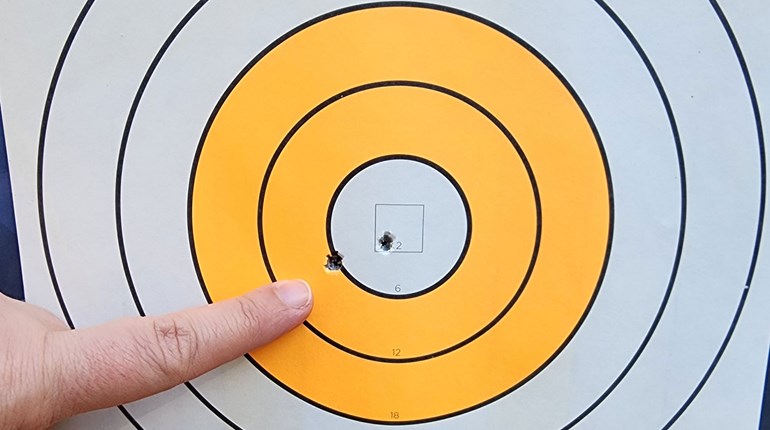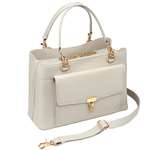
Most non-hunting Americans are comfortable with the concept of hunting because they see the utility of eating game meat. Take food out of the equation, though, and hunting becomes much more controversial in their eyes. The truth is, hunters and trappers take a number of animals we don’t intend to eat—coyotes, prairie dogs, furbearers, and more. What do you say when someone asks you how you can justify killing something you won’t eat?
The answer, most of the time, comes down to conservation. Because we’re at the top of the food chain, at least intellectually, it falls on us to help manage the flora and fauna in our areas—and because we’ve expanded into much of what was once their habitat, it’s our responsibility to keep populations as balanced as we’re able. Humans haven’t always done a good job of this throughout our history, and hunting has contributed to some extinctions in the way-back-when, which has given it a bit of reputation that lingers even today. But in the past 100-plus years, the U.S. has done a superb job of using legal, regulated hunting as a management tool to bring many species back from the brink of extinction—the wild turkey and the white-tailed deer being two wildly successful examples. The North American Model of Wildlife Conservation works better than any conservation system that’s ever been tried, and hunting is at its core.
The legal, regulated hunting of predators and prey species has rules and regulations in place to ensure fair and moral hunting that protects the future of wildlife populations as a whole. The fact is that hunting is America's top wildlife management tool—and we happily pay to do our part via the Pittman-Robertson Act, and are proud of where our dollars go.
There’s no more “leave nature alone and let it do its thing.” We’re too deeply involved in nature by now, as human encroachment has made us a permanent part of the cycle. Good management has to balance human interest with the best interests of the plants and animals we share the planet with. And because everything is connected, everything must be managed. An overpopulation of prey species will overgraze the habitat and shortly starve to death. An overpopulation of predator species will destroy the prey species’ populations, leading to overgrowth of habitat. Cue the "Circle of Life" music here—you know how it works.
Within the framework of conservation, there are, in my mind, three primary categories of things we take and usually don’t eat:
1. Predators, including coyotes, wolves, raccoons, grizzly bears, etc. Predators must be managed like anything else. We hunt and trap coyotes and raccoons, for example, because if we didn’t, they’d wreak havoc on deer and turkey populations—coyotes kill fawns, and raccoons raid turkey nests and eat the eggs. Even once-threatened species like wolves and grizzlies, once their populations have achieved their recovery goals, need to be kept in check using careful harvest goals set by state biologists. It’s important to note that we only hunt predators (and prey) with healthy populations according to bag limits set by America's state wildlife agencies. And some states require that certain meat, like black bears and mountain lions, be kept by the hunter, thus it has to be taken care of In the field. Always check your state’s hunting regulations to check laws on the type of game you are hunting.
2. Pests, including crows, prairie dogs, wild hogs, etc.
Pests might or might not affect other animal populations, but they make life hard for humans in some way. Crows do a serious amount of crop damage, as do wild hogs (yes, hogs are great to eat, but because their populations are so out of control, hunters sometimes need to eliminate far more than can reasonably be butchered and eaten). Prairie dogs cost cattle farmers untold amounts of damage to the land, and cattle break their legs in the holes the prairie dogs dig. Pests have to be managed for the best interests of humans and to control populations.
3. Animals we’re going to use in another way.
Some furbearers such as mink, muskrats, foxes, lynx, etc. also fall into one of the other categories. Fur-wearing has fallen out of favor in the U.S. in many circles, but fur is still a desired commodity overseas, and many animals are hunted or trapped for their fur. While we might not be eating mink and fox, we are still making good use of the animal by utilizing their pelts while also keeping their populations in check.
Despite what we often say, hunting isn’t all about the meat. It’s a serious and vitally important conservation tool, and we humans have been given the enormous task of managing populations for their benefit and for ours. Hunting is one of the primary ways we care for our habitat, even when we won’t be eating what we harvest.















































